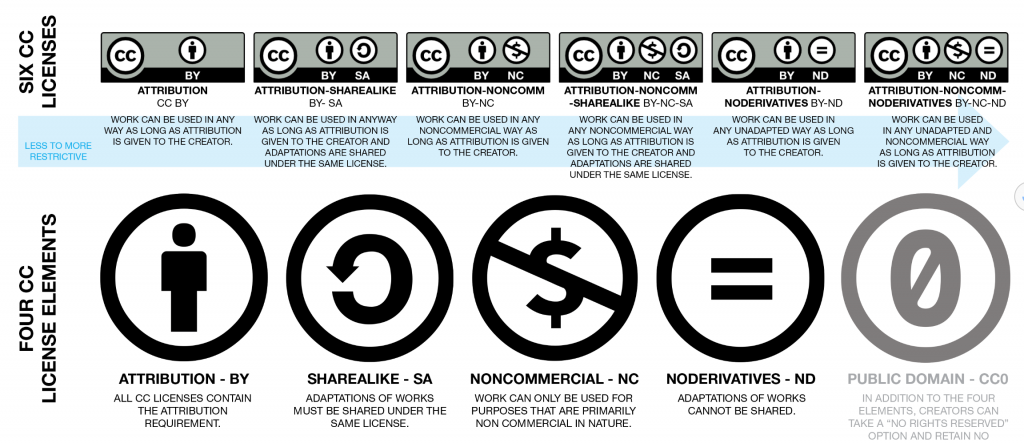Here I’ll outline some underlying considerations that should be come part of your blogging practice. Your blogging practice should be a model for others in the use of Creative Commons attribution and share your practices as an educator who follows copyright guidelines. Students can be also be engaged in these conversations and provide considerations of copyright as a way to bring awareness to these web publication issues and requirements.
Starting with Copyright
Here is a quick guide to copyright as shared on an infographic [10 Things about Copyright by Helen DeWaard]. You can learn more about Canadian Copyright for educators with this Council of Education Ministers, Canada document [Copyright, Fair Dealing, and the Classroom: What Teachers Can and Cannot Do]. A uniquely designed decision tree created by BC educator Julia Hengstler and posted on her WordPress blog site – A Canadian Copyright Decision Tree for BC Educators.
Thinking about Creative Commons
Here is a basic look at Creative Commons licensing for educators. A short video production that outlines some basic information about Creative Commons licenses [Anatomy of a CC License by Helen DeWaard] will be enough for this preliminary exploration. So much more is available in multiple web locations, with Creative Commons dot Org as a starting point. This Creative Commons wiki site shares best practices for attribution.

Shifting to 6 C’s
Blogging needs a purpose, a passion, and a commitment to student learning within the 6 Cs framework as graphically represented by Sylvia Duckworth (2015). Part of your blogging practice should be to bring each of these six C’s into the process and products within your own blog site and/or the classroom blog site.